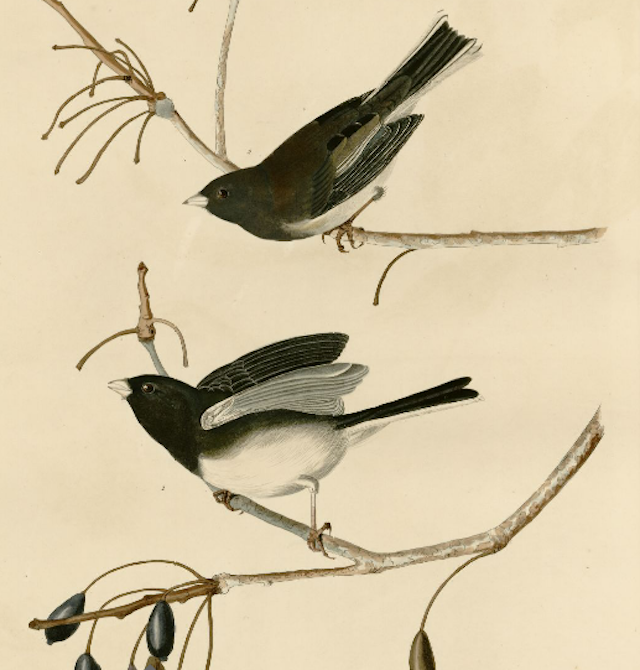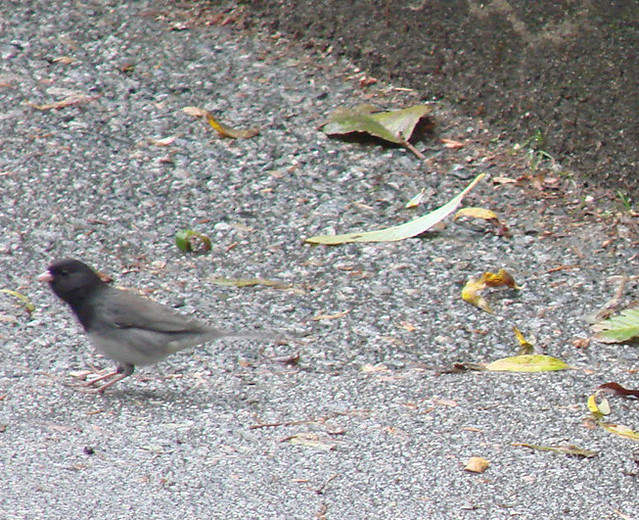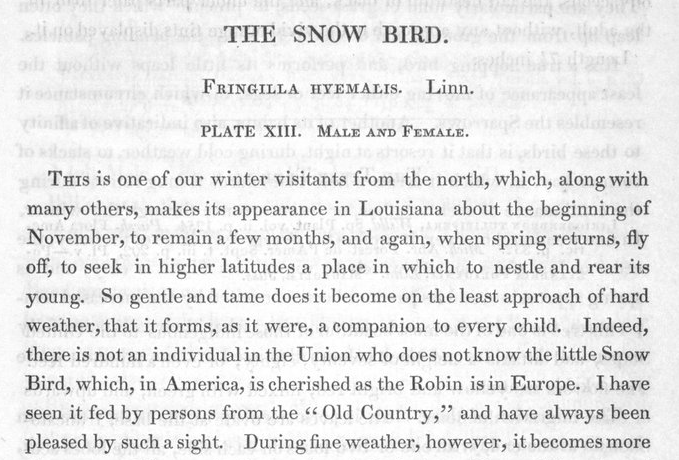I’ve been unfair to Audubon.

For years — for decades, in fact, ever since, as a fourth grader, I first learned about the man and the work — I’ve judged him, and harshly, solely on the evidence of the engraved plates that make up the The Birds of America.
I’ve been fortunate over the years to have been affiliated with a couple of institutions that own full sets, and I’ve always appreciated the big books as masterpieces of technology and entrepreneurial drive. But art? Not really.
My mind was changed, completely and abruptly, in late April when I finally made my way to the New-York Historical Society’s exhibition of some 220 of Audubon’s paintings — not the plates that were printed, colored, and sold to subscribers, but the actual paintings that served as the exemplars for the engraver.
Like most of us, the closest I’d ever come to seeing anything from Audubon’s paintbrush was the rather poor reproductions, on decidedly poor paper, of the watercolors published and republished in the 1970s and 80s. The originals themselves have been shown only very rarely in the 150 years since they were purchased from Lucy Audubon — but they are astonishing, startling, eye-opening.
They’re really good.
*-*-*-*
Not only do the paintings reveal an artist in masterful command of his media, but they also, just as surprisingly, have a few things to teach us about the birds Audubon was painting. Take his Snow Bird, the bird we know today as the Dark-eyed Junco.
The engraving of this otherwise so engaging sparrow in Birds of America has always left me cold. It’s bland and dull, and the coloring of the specimens I’ve seen has always seemed vague, especially on the lower bird, the male, whose breast and hood just don’t seem to want to join up as they do in real life. Poor draftsmanship, poor engraving, poor coloring: it doesn’t really matter where the sloppiness was introduced.
In late April I saw Audubon’s original painting, the model for this junco plate, and suddenly it all came clear to me. (Click on the image symbol on the NYHS site to see that painting.)
Most of the engravings are more or less faithful renderings of Audubon’s originals: but not this time. The painting, prepared from specimens collected in Louisiana, differs strikingly from the engraved plate in depicting a male bird with a decidedly black, highly contrasting hood, sharply set off in a straight line from the softer gray of the breast sides and flank; the lower edge of that hood extends into the white lower breast, creating a “convex” border.
You know where this is headed, don’t you?

Audubon’s bird was not your everyday Slate-colored Junco. Instead, the bird that he shot and drew was a male Cassiar Junco, and his painting was the first depiction ever of a “flavor” of juncos that would not be formally described until 1918, nearly a hundred years later.
I don’t know whether we have any of Audubon’s instructions to the colorists responsible for finishing the plate, but I still think that we can figure out with some certainty what happened. I’m guessing that Audubon was slightly puzzled when he reviewed his Louisiana painting, and that he asked the engraver and the colorists to “correct” the pattern of the bird’s breast and sides to match that of the Slate-colored Junco, the taxon he would later describe in the Ornithological Biography.

Had I not seen the painting hanging in New York, I would have gone on in my benighted way, shaking my head over another botched Audubonian bird. Instead, I wind up admiring more than ever before the ornithologist who discovered the Cassiar Junco — and the artist who gave us such a fine depiction of a wonderful but long unrecognized bird.

